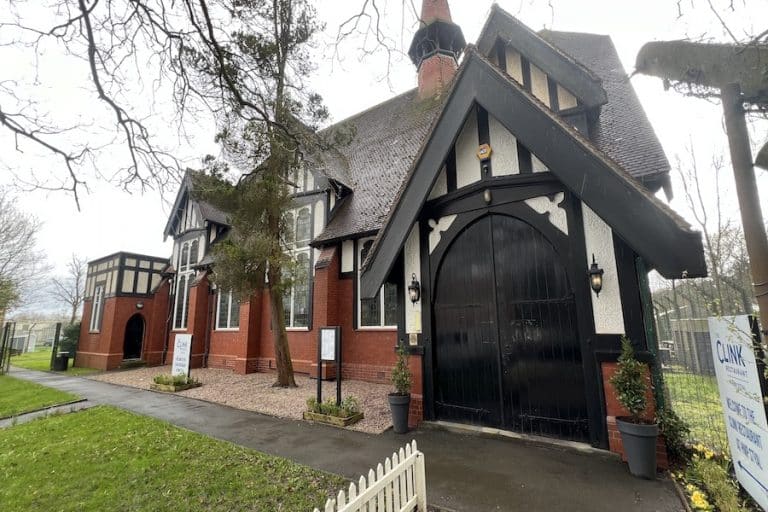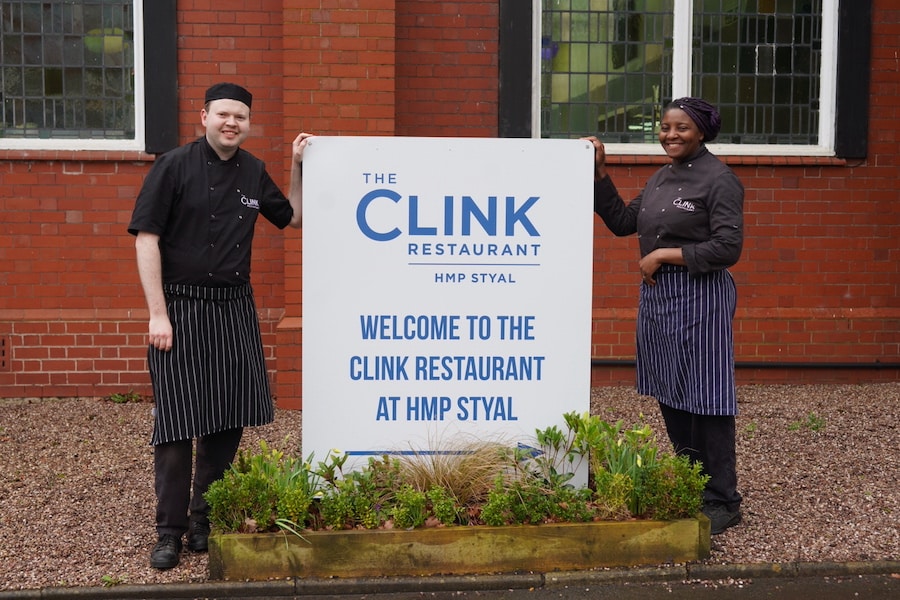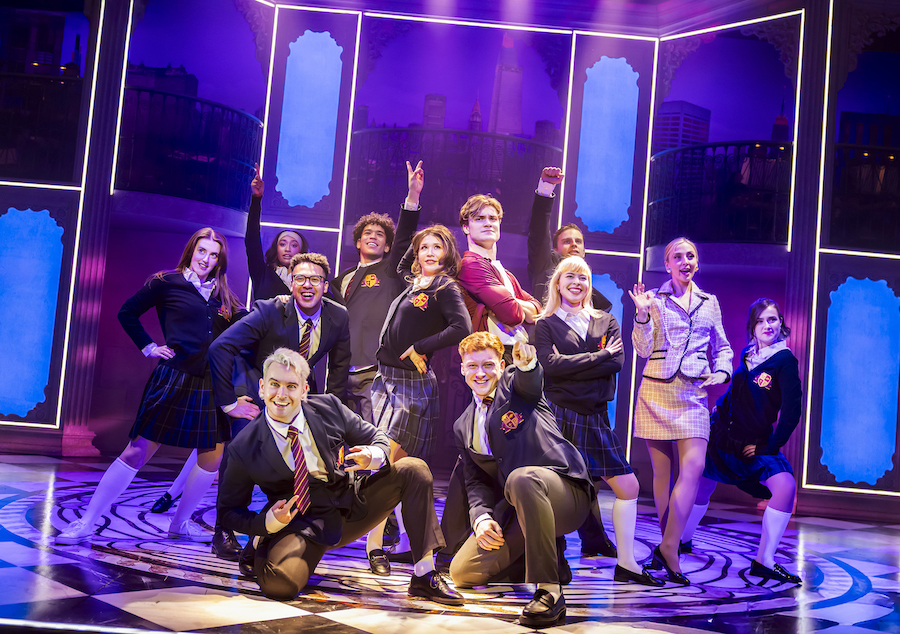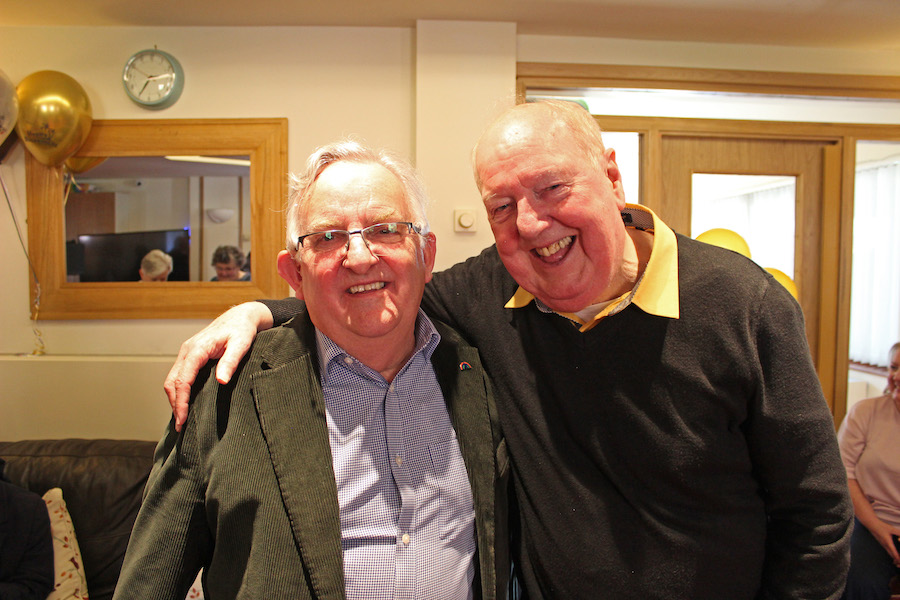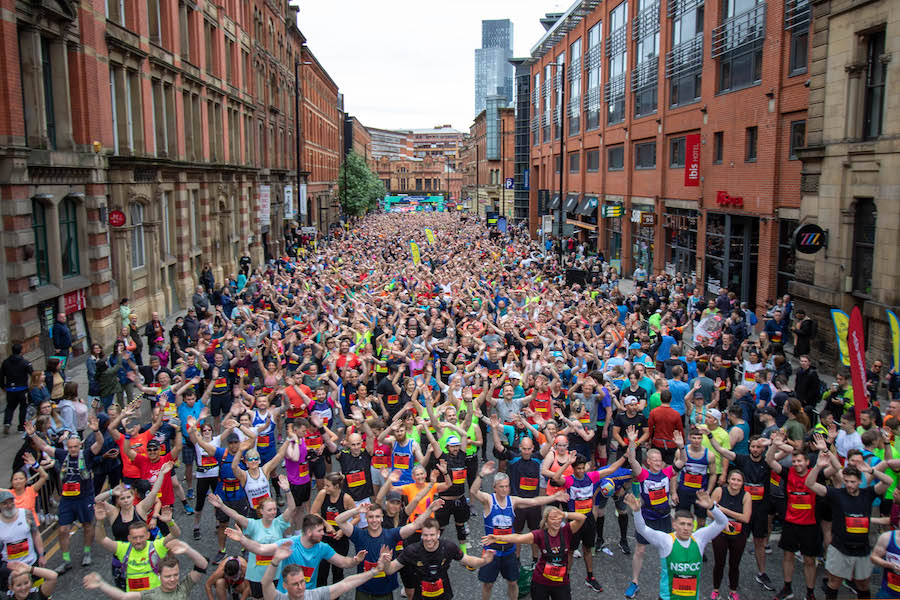Corn Exchange: from market place and political protest to Manchester’s dining destination
- Written by Louise Rhind-Tutt
- Last updated 7 years ago
- City of Manchester, Food & Drink
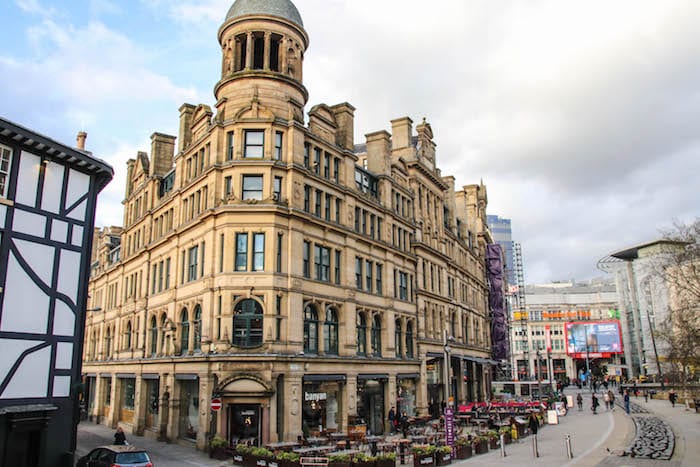
Manchester’s Corn Exchange is a city centre dining destination offering a diverse range of restaurants and bars under one roof.
The iconic building – a near neighbour of Selfridges, Harvey Nichols, The National Football Museum and the gothic beauty of Manchester Cathedral – has witnessed its fair share of Mancunian history over the years.
It’s been a film location, a home for The Royal Exchange Theatre and a survivor of the Blitz.
A grocery and provision market has been established on the site of the Corn Exchange since medieval times.
The first permanent Corn Exchange, built in 1837 to replace the old corn market which took place in a courtyard in Fennel Street, was designed by Richard Lane.
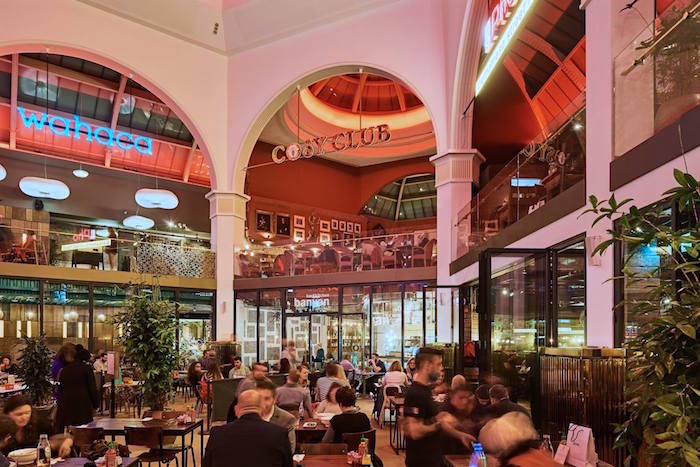
Lane was considered Manchester’s most prominent architect at the time, and in the same year he became the first president of the Manchester Architectural Society.
However, Lane’s original building was demolished, and construction work on the present building – to meet the growing requirements of the north west’s grocery and provision traders – began in 1890 and extended over a period of 13 years.
The current building, designed by architects Ball and Else, is noted for its impressive glass and steel roofed internal market hall. Natural light from the glass atrium allowed merchants to check the corn’s colour and quality.
Trading at the Corn Exchange would begin with the ringing of the market bell outside the Dog and Partridge pub, located where the National Football Museum now stands.
As well as a centre for trade, the Corn Exchange was a hotbed of politics in the mid-nineteenth century.
It was the venue for meetings of the Anti-Corn Law League, a group of Manchester manufacturers opposed to the Corn Laws – taxes on imported grain designed to keep prices high for cereal producers in Great Britain.
The Anti-Corn Law League was founded in 1838 by manufacturer and Liberal statesman Richard Cobden and Rochdale-born John Bright, who ran a campaign to reduce the tax on corn and oats to make food more affordable for working people. The Corn Laws were repealed in 1846.
In its heyday, and until the economic depression of the 1920s and 1930s, The Corn & Produce Exchange was the gathering place for thousands of traders from all over the region, but trade began to decline after the Second World War and the trading floor gradually fell into disuse.
The building was used briefly by the Royal Exchange Theatre Company from 1976 and was a filming location for Granada Television’s Brideshead Revisited. Later, it became home to a large market with stallholders selling clothes, books, jewellery and piercing paraphernalia as well as second-hand record shops.
Avril the clairvoyant, a colourful character in Manchester’s history, worked in the Corn Exchange for many years. The accuracy of her consultations earned her a dedicated following and a client list that included celebrities as well as the general public and businesses.
In June 1996, the IRA bomb which exploded nearby destroyed the glass roof and caused extensive structural damage. Work began immediately to restore the building to its former glory, with the Corn Exchange reopening for business in 1998 as a more upmarket shopping centre.
The £8 million reconstruction created the Triangle Shopping Centre – so-called because of its shape – filled with 55 high-class retail outlets such as a flagship Adidas store, Jigsaw and MUJI.
The restoration involved replacing 800 window frames and 1700 square metres of glass to repair the dome.
The building was bought by The Norwich Property Trust for £67 million in 2005, and in 2012 it was relaunched as Corn Exchange, Manchester. It closed again in 2014 for another renovation by Aviva Property Trust, re-opening in 2015 as a new dining destination for the city.
Newly renovated, and showcasing its original Edwardian beauty with a modern twist, the Corn Exchange is now home to an eclectic mix of restaurants offering a fusion of global flavours from Brazil and India to Mexico and Vietnam.
Popular chains such as Wahaca, Pho and Vapiano are nestled alongside local Manchester institutions such as family-run mozzarella bar Salvi’s and casual pan-Asian restaurant Tampopo.
Designed to give natural light to traders, the Corn Exchange’s striking glass dome now offers customers the feel of alfresco dining – whatever Manchester’s weather.
- This article was last updated 7 years ago.
- It was first published on 16 October 2017 and is subject to be updated from time to time. Please refresh or return to see the latest version.
Did we miss something? Let us know: press@ilovemanchester.com
Want to be the first to receive all the latest news stories, what’s on and events from the heart of Manchester? Sign up here.
Manchester is a successful city, but many people suffer. I Love Manchester helps raise awareness and funds to help improve the lives and prospects of people across Greater Manchester – and we can’t do it without your help. So please support us with what you can so we can continue to spread the love. Thank you in advance!
An email you’ll love. Subscribe to our newsletter to get the latest news stories delivered direct to your inbox.
Got a story worth sharing?
What’s the story? We are all ears when it comes to positive news and inspiring stories. You can send story ideas to press@ilovemanchester.com
While we can’t guarantee to publish everything, we will always consider any enquiry or idea that promotes:
- Independent new openings
- Human interest
- Not-for-profit organisations
- Community Interest Companies (CiCs) and projects
- Charities and charitable initiatives
- Affordability and offers saving people over 20%
For anything else, don’t hesitate to get in touch with us about advertorials (from £350+VAT) and advertising opportunities: advertise@ilovemanchester.com

Head down the rabbit hole for Adventures in Wonderland with Z-arts
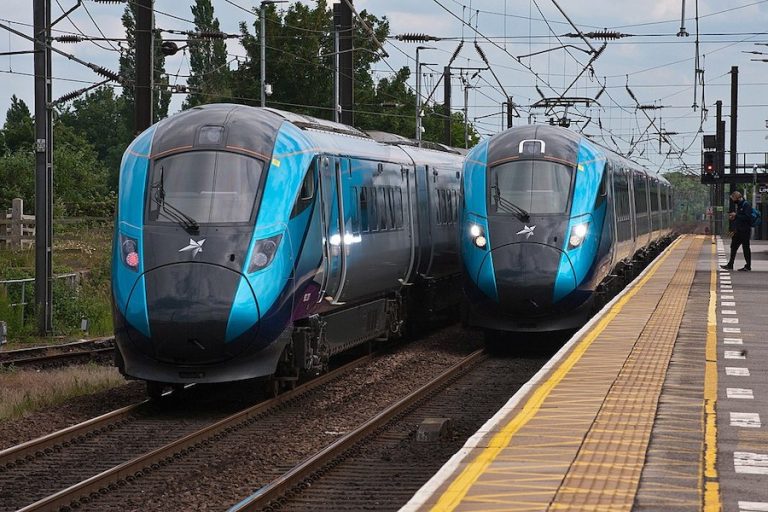
Major rail investment set to transform Manchester-Leeds commutes
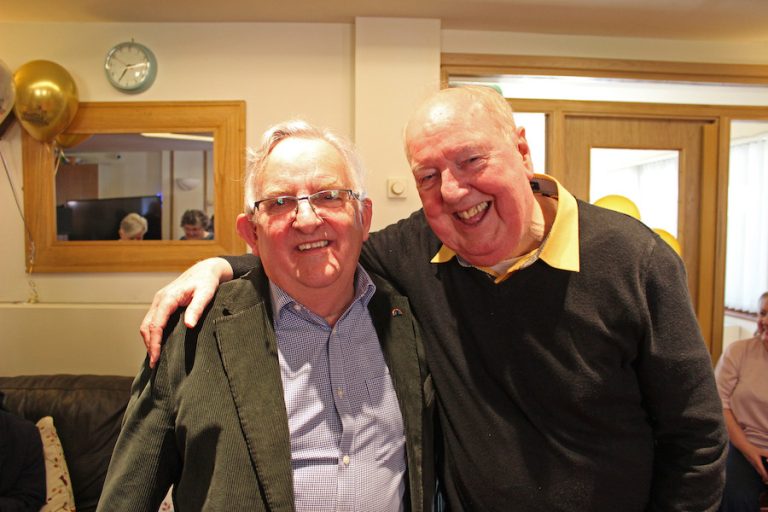
“His presence will be deeply missed” Children’s hospice bids farewell to their visionary CEO
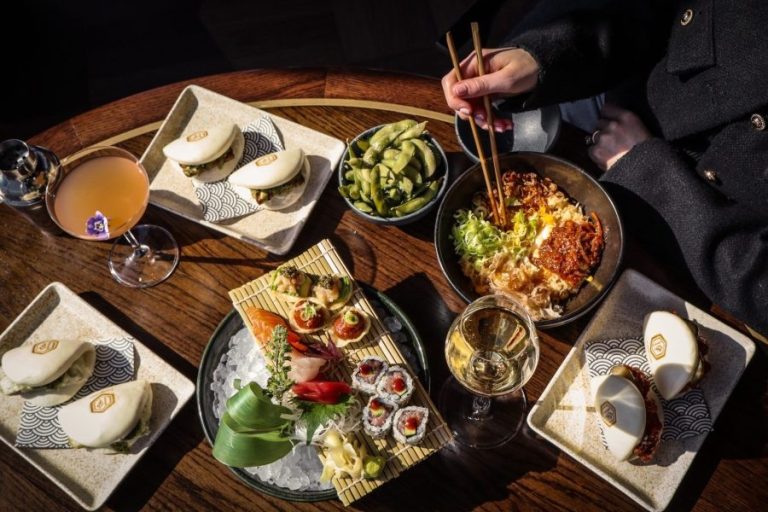
Has Gordon Ramsay created Manchester’s ultimate bottomless brunch?

The Clink celebrates ten years of empowerment and second chances
